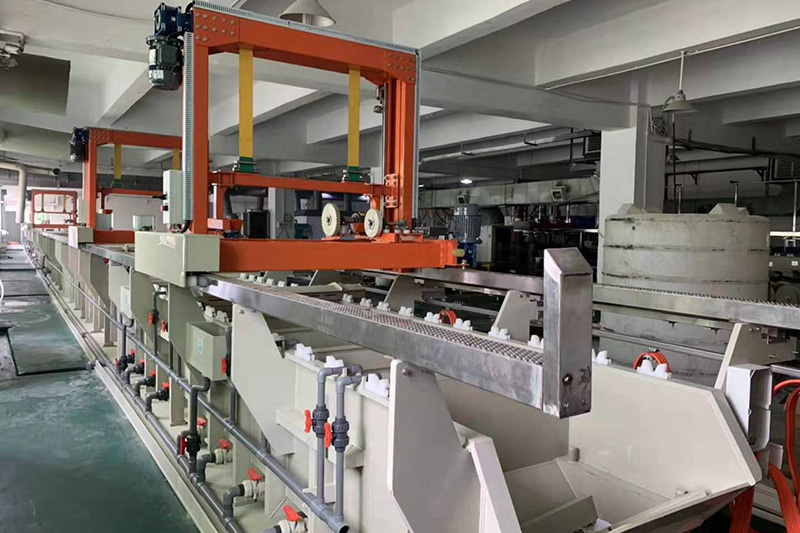Electroplating equipment is an indispensable functional material in modern science and technology. Rare earth elements have unique properties: high corrosion resistance, high wear resistance, high magnetism, superconductivity, high catalytic activity and high hydrogen storage. It is known as “industrial MSG” and has a wide range of uses. China has rich rare earth mineral resources, and rare earth reserves account for about 80% of the world’s total. Chinese scientific and technological workers introduced rare earth elements into the field of electroplating. First, rare earth additives were added to the chromium plating electrolyte. Replacing Cr3+ with RE3+ greatly improved the performance of the plating solution, accelerated the accumulation rate of chromium, improved the cathode current efficiency, improved the coverage and dispersion ability of the plating solution, reduced the tank voltage, the operating temperature of the plating solution, and the mass concentration of chromium anhydride, which made the radical chromium plating process a big step forward and created a precedent for the application of rare earth elements in electroplating. Since then, the study of rare earth elements in the process of electrodeposition has become one of the hot topics of electrochemical workers. New effects have emerged from time to time, and a variety of rare earth additives have been introduced one after another, and their application has become more and more extensive.
The electroplating equipment speeds up the electrode reaction speed. Adding different kinds of rare earth element ions to the brush plating solution can act as a catalyst. It improves the wear resistance and corrosion resistance of the coating, and plays a good role in remanufacturing engineering.
In addition to chromium plating, adding rare earth additives to zinc and copper plating electrolytes can make the coating grains fine and dense, and improve corrosion resistance; adding cerium compounds to tin plating can not only make the coating bright and delicate, and improve solderability and oxidation resistance, but also prevent the occurrence of “tin plague”, ensuring the safety and reliability of tin plating in the use of electronic components. It can enhance the stability of the plating solution. In alloy plating, a small amount of scandium, praseodymium and neodymium compounds are added to the widely used alkaline plating Ni-F alloy plating solution. Improve cathode current efficiency, make the coating uniform, fine, smooth and bright; add cerium to Zn-Ni alloy electroplating solution to increase the mass fraction of nickel in the coating and improve the coating performance; in addition, the Sn-Ce alloy coating with a cerium mass fraction of 0.1% to 0.5% obtained by electrodeposition not only has excellent anti-discoloration and welding properties, but also can effectively prevent the formation of “tin whiskers”.

